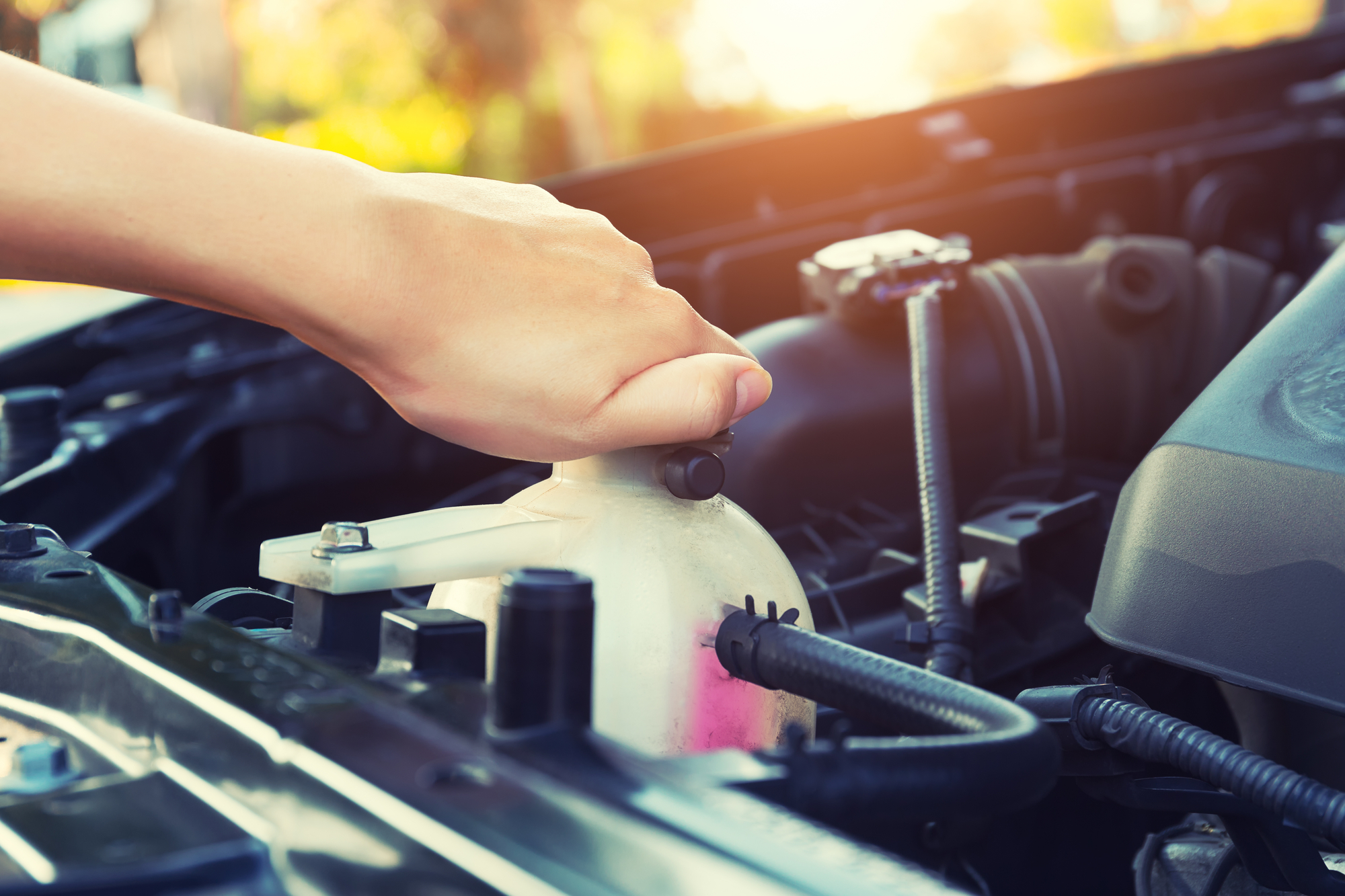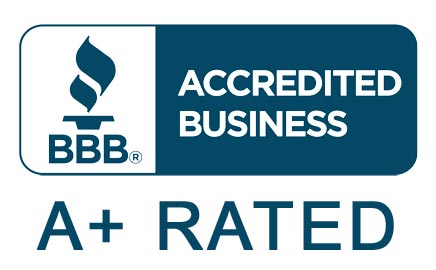Engine coolant does three crucial tasks: it raises the cooling system’s boiling point during the summer, lowers its freezing point in winter, and protects the cooling system and engine from corrosion and rust year-round. If you don’t top off the cooling system or refill it with the proper coolant, costly problems can occur.
The type of coolant required by vehicles can vary by make, model, year, engine type, and in some cases, the country that it was made in. because so many factors come into play, you need to know which type of coolant is right for your vehicle.
Inorganic Additive Technology (IAT)
The IAT coolant formula (which has a distinctive green color) has been one of the most commonly used for decades. Today IAT is seldomly used as a factory fill because of the additives’ fast depletion rate, meaning it needs to be changed more often (every two years or 24,000 miles).
Organic Acid Technology (OAT)
Commonly used in GM manufactured vehicles (and by a few other automakers), OAT coolants aren’t compatible with other makes. Usually orange, purple, red, or yellow, OAT coolants are typically changed every five years or 50,000 miles.
Hybrid Organic Acid Technology (HOAT)
Commonly used in Ford and Chrysler vehicles, HOAT coolants provide the advantages of both IAT and OAT coolants and are primarily yellow and orange. OAT coolants are usually changed every five years or 50,000 miles. However, some manufacturers specify intervals of 10 years or 150,000 miles.
Hybrid and Electric Cooling Systems
Most of these vehicles have a separate cooling system for the included battery pack. Only coolants that meet the manufacturer’s precise specifications should be used in these electric or hybrid systems.
Does the Color of the Coolant Matter?
Coolant colors are different for a reason, and it’s important to note that types can’t be correctly identified by color. For instance, OAT and HOAT coolant colors are often yellow and orange and can easily be misidentified. All manufacturers design their engines to meet a specific antifreeze or coolant standard, using different additives. For example, GM uses an orange-colored Dex-Cool antifreeze, while VW’s use coolants that are usually blue or yellow colors. It’s important to mention that these are unique formulas that should never be mixed.
The bottom line is not underestimating the importance of regularly inspecting the coolant level and having it checked out when you get an oil change (along with other fluids). Also, have the coolant system flushed and refilled every couple of years or 25,000 miles, whatever comes first. These measures will help you avoid expensive problems.
One of the best ways to ensure you have the proper coolant in your vehicle, and keep your cooling system working perfectly, is to have maintenance performed at an ASE and AAA-approved auto repair shop.
If you want to get your coolant changed, we can help: Contact us today.






